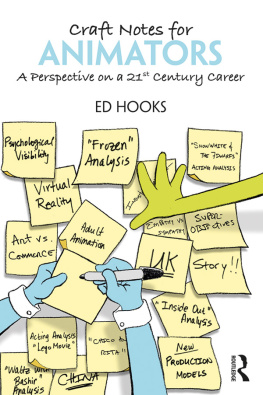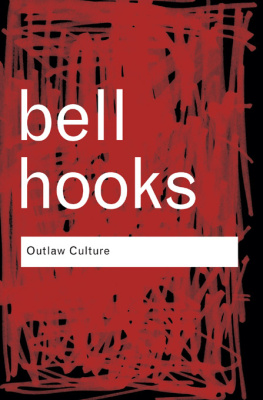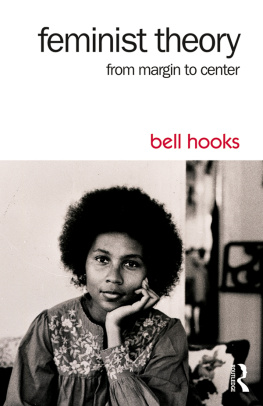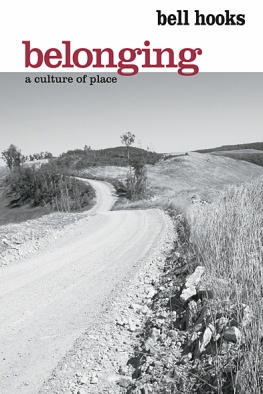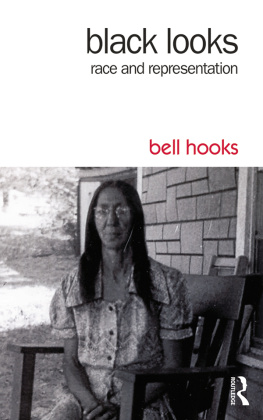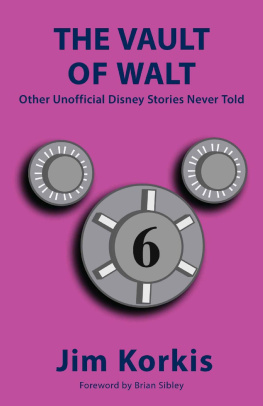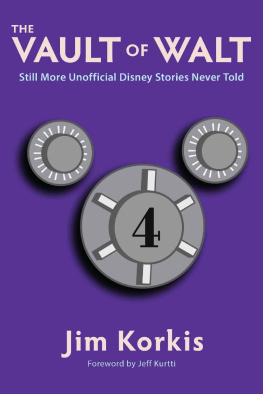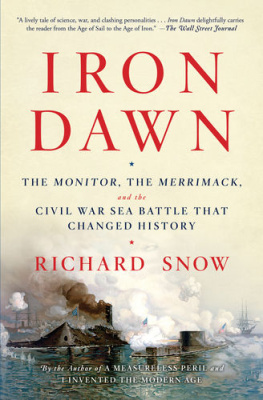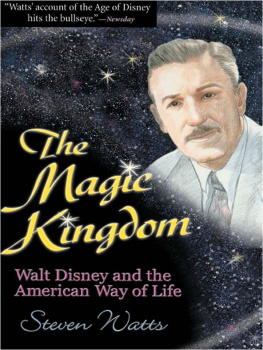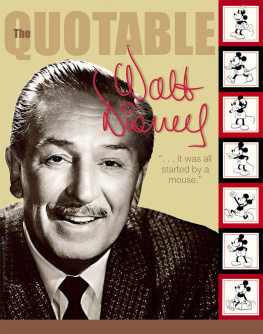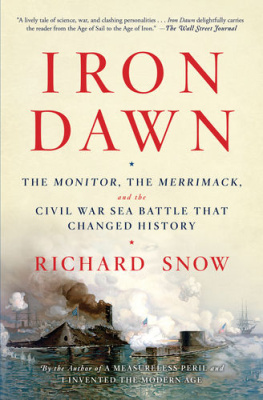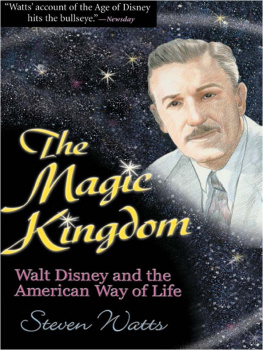Craft Notes for Animators
The combination of addressing both storytelling and acting in the context of history is terrific, and very practical. [] Overall I think this is the type of book that would be terrific for aspiring indie animators, and would even help Big Box Studios find the art in their piles of money.
Professor Ronald Sumner, Studio & Digital Arts, Liberty University
If Disneys Snow White and the Seven Dwarfs represented the animation industrys infancy, Ed Hooks thinks that the current production line of big-budget features is its artistically awkward adolescence. While a well-funded marketing machine can conceal structural flaws, uneven performances and superfluous characters, the importance of crafted storytelling will only grow in importance as animation becomes a broader, more accessible art form.
Craft Notes for Animators analyzes specific films including Frozen and Inside Out to explain the secrets of creating truthful stories and believable characters. It is an essential primer for tomorrows industry leaders and animation artists.
Ed Hooks pioneered acting training specifically designed for animators. After a successful 30-year career as an actor and acting teacher, Ed began working with animators in 1996. Since then, he has taught for most major international animation studios and schools, including Walt Disney Animation, Framestore, Ringling College of Art and Design, Bourne-mouth University, Communication University of China, DreamWorks, Valve Software, EA, Epic, Microsoft, Filmakademie Baden-Wurttemberg, Blizzard and Sony. He has presented several times at SIGGRAPH and GDC and is on the Board of Advisors for FMX in Stuttgart, Germany.
Craft Notes for Animators
A Perspective on a 21st Century Career
Ed Hooks

First published 2017
by Routledge
2 Park Square, Milton Park, Abingdon, Oxon OX14 4RN
and by Routledge
711 Third Avenue, New York, NY 10017
Routledge is an imprint of the Taylor & Francis Group, an informa business
2017 Ed Hooks
The right of Ed Hooks to be identified as author of this work has been asserted by him in accordance with sections 77 and 78 of the Copyright, Designs and Patents Act 1988.
All rights reserved. No part of this book may be reprinted or reproduced or utilised in any form or by any electronic, mechanical, or other means, now known or hereafter invented, including photocopying and recording, or in any information storage or retrieval system, without permission in writing from the publishers.
Trademark notice: Product or corporate names may be trademarks or registered trademarks, and are used only for identification and explanation without intent to infringe.
British Library Cataloguing-in-Publication Data
A catalogue record for this book is available from the British Library
Library of Congress Cataloguing in Publication Data
Names: Hooks, Ed, author.
Title: Craft notes for animators : a perspective on a 21st century career /
Ed Hooks.
Description: New York : Routledge, 2017. | Includes bibliographical
references.
Identifiers: LCCN 2016023525 | ISBN 9781138854338 (hardback) |
ISBN 9781138854345 (pbk.) | ISBN 9781315721163 (ebook)
Subjects: LCSH: Animated filmsHistory and criticism. | Motion
picturesPlots, themes, etc.
Classification: LCC NC1765. H663 2017 | DDC 791.43/34dc23
LC record available at https://lccn.loc.gov/2016023525
ISBN: 9781138854338 (hbk)
ISBN: 9781138854345 (pbk)
ISBN: 9781315721163 (ebk)
Typeset in Stempel Garamond
by Apex CoVantage, LLC
For Cally
To get the full value of joy you must have someone to divide it with.
Mark Twain
Contents
I am fortunate to work with some of the most talented individuals in the animation industry animators, studio executives, screenwriters and educators. Every single one of them has informed and inspired me, often without their even being aware of it. I pick their brains and tap their deep reservoir of knowledge, and I am forever grateful to them. In particular, I would like to give an animated hug to Dan Sarto at Animation World Network; animator-teacher extraordinaire Paul Naas; my good friend Wang Lei at Communications University of China in Beijing; Karl Cohen in San Francisco; Juan Couto; Thomas J. Beechum in Michigan; producer genius Max Howard; Stephen Joubert; Hurley Owen at Technicolor; Mike Belzer at Valve; my soul brother Tien Yang in Singapore; Mr. Paleontology himself, Stuart Sumida; and Amid Amidi, editor of Cartoon Brew.
And since I spend far more time online than I should, I am indebted to many hundreds of cyberfriends who have shown me their animations, storyboards and scripts. The online community is generous and smart, and I would be lost without its support. I would like to extend my thanks to a group of animators who contributed to two threads I initiated on LinkedIn, Why Are Animators Invisible? and Single Character; Multiple Animators. Sean Wickett, Kelly Hallman, Maria Eugenia Gonzalez, Lukasz Shuskiewicz, James Roberts, Chay Hawes, Beln Marmaneu, Jay Maybruck, Kyle Wilson, Daniel Madzel, Thomas Lavery, Oliver Hunter, Mark Goodliff, Benjamin Arzt, and Bob Wolkers.
And, finally, a suitable name for the final entry in this book. Without his cheerful support and wise guidance, there would be no book. Sincere thanks to my editor at Routledge, Ben Piggott.
This is an acting book but with a difference. In my first Routledge book, Acting for Animators (revised third edition, 2011), I presented all the finite acting techniques necessary for animating a strong performance that scenes begin in the middle, that emotion tends to lead to physical action, the urgency of having your character pursue a provable objective, the purpose of obstacle-conflict in a scene and so on. All of that is indeed essential knowledge, but it is also true that acting is not a craft that exists in isolation. An animator cannot simply master a bag of acting tricks. It is not enough to get the timing right and to make the characters appear to move naturally. Acting is, at root, an affair of the heart, and it has everything in the world to do with story; if the story is sketchy and the characters are underdeveloped, even the most talented character animator cannot fix it.
This is also a book of opinion, mainly about the state of art in animated feature films. I have done my best to support opinion with facts contemporary and historical, but, at the end of the day, the primary reason for the book is so that I can share with you what I think about the current ebb and flow of feature animation and dispense a little advice about how to navigate the shifting waters.
It should come as no surprise that Disney and a few other big Hollywood movie studios have monetized feature animation. American enterprise is seemingly able to monetize anything, including religious holidays, education, and the evening news. Disney has led the way in turning animated storytelling into feature-length commercials for action-figure toys, the Disney brand, theme parks and a dictionary-long list of licensed merchandise. It also should come as no surprise that governments all around the world are attempting, via tax incentives and occasional direct investment, to get a slice of that rich animation pie. Schools have joined the parade, offering animation training that sometimes amounts to little more than instruction in the care and feeding of animation software.

